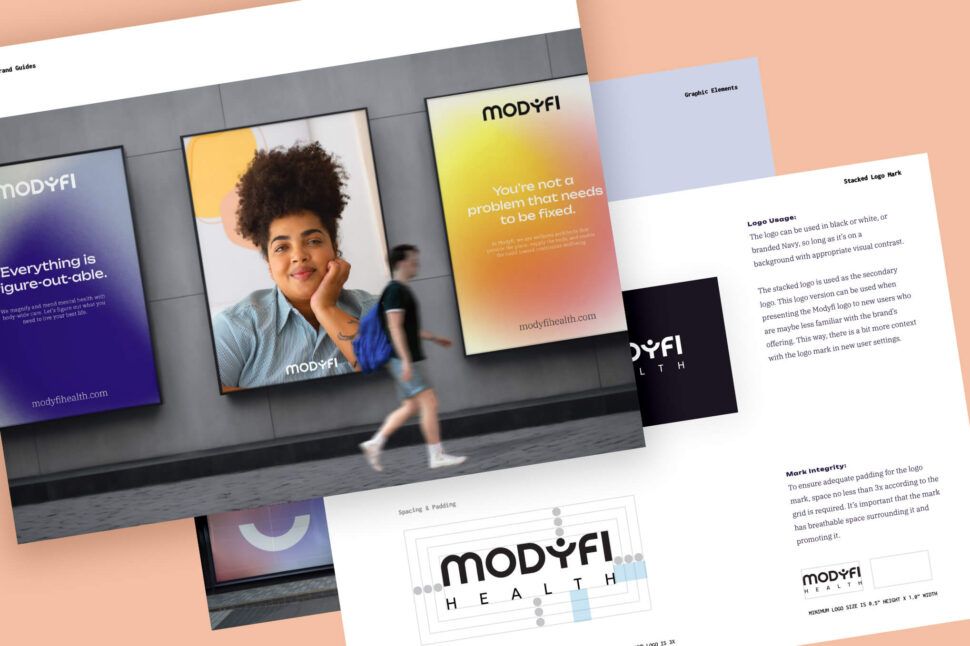May 28, 2024
Content Marketing Design: Creating Visually Engaging Content
- Visual Soldiers
- Design
- minute read

Introduction to Visually Engaging Content
Content marketing has evolved significantly, shifting towards more visually engaging formats that capture attention, communicate more effectively, and enhance brand identity. As we delve into the essentials of content marketing design, it’s clear that success is increasingly dependent on creatively integrating visuals that captivate and engage.
The Importance of Visual Elements in Content Marketing
Visual elements are no mere embellishments; they serve as fundamental components that enhance the readability and shareability of content. Statistics reveal that content featuring compelling visual elements can generate up to 94% more views than content without visuals. This statistic underscores the critical role that design plays in content marketing success.
Components of Visual Engagement
In content marketing design, several visual elements are crucial, including images, videos, infographics, and custom illustrations. Each serves a unique purpose in storytelling, making abstract concepts tangible and digestible. Choosing the right visuals not only supports the textual content but can also convey complex information at a glance.
Best Practices for Creating Visually Engaging Content
To optimize the impact of visual content, several best practices should be followed. These guidelines ensure that the visual content not only looks appealing but also achieves its marketing objectives effectively.
Consistency in Branding
Consistency is key when it comes to leveraging visuals in content marketing. Establishing a consistent visual style across all content helps in building brand recognition and trust. This means using a coherent color scheme, typography, and graphic style that align with your brand’s personality and values.
Use High-Quality Images
Quality should never be compromised when it comes to the images used in your content. High-resolution images make your content more engaging and professional-looking. This is crucial in maintaining credibility and attracting a discerning audience.
Infographics for Complex Data
For content that involves data and statistics, infographics are invaluable. They transform complex data into a visually appealing, easy-to-understand format. Well-designed infographics are not only engaging but also more likely to be shared, extending the reach of your content.
Custom Illustrations to Tell a Story
Custom illustrations provide a unique opportunity to tell your brand’s story in a way that cannot be replicated by generic images. They can be tailor-made to fit the narrative of your content, enhancing both the message and the viewer’s engagement.
Optimizing Visual Content for Different Platforms
Knowing where your content will appear is as crucial as creating it. Different platforms have varied requirements and user expectations, which must be considered during the design process.
Responsive Designs for Mobile Devices
Marketing content must be optimized for mobile device viewing, which means adopting responsive designs that look good on various screen sizes. This not only improves user experience but also aligns with SEO practices, potentially boosting your content’s visibility.
Platform-Specific Adjustments
Each social media platform has its unique set of best practices for visual content. For instance, Instagram favors high-resolution square images, whereas Pinterest requires vertical images for optimal display. Understanding these nuances and adapting your visuals accordingly is crucial for engaging the platform’s audience effectively.
Conclusion
Visually engaging content is not just aesthetically pleasing; it’s a strategic element vital for the effectiveness of content marketing. By integrating high-quality, relevant visuals that resonate with your audience and reflect your brand identity, you can significantly enhance the impact of your content marketing efforts. The journey toward mastering content marketing design is continuous and evolving, requiring marketers to stay creative, adaptable, and responsive to trends and technology.







